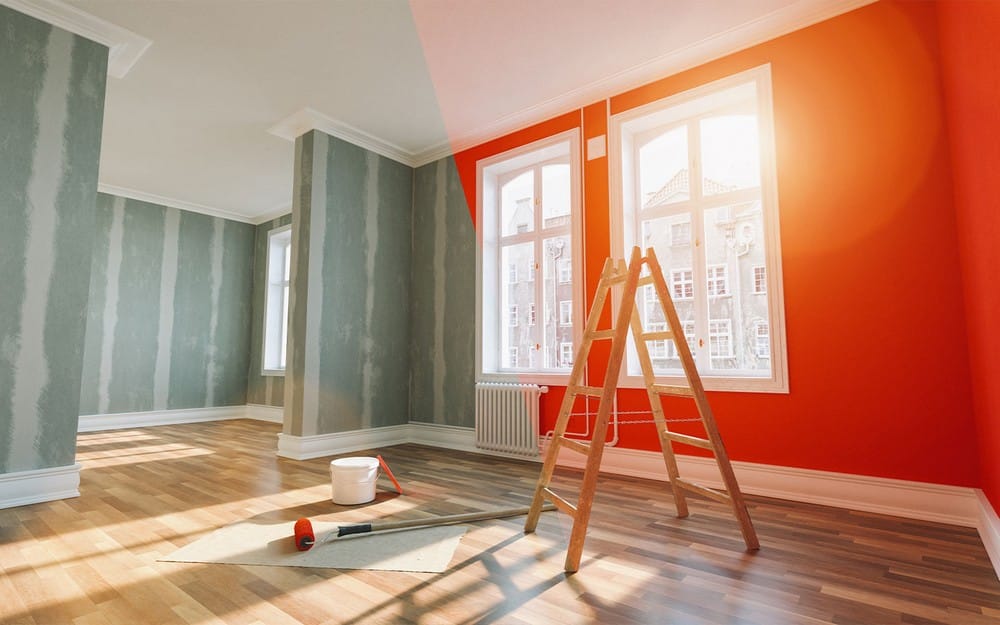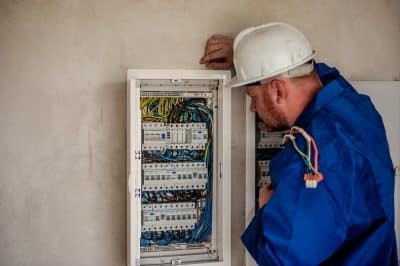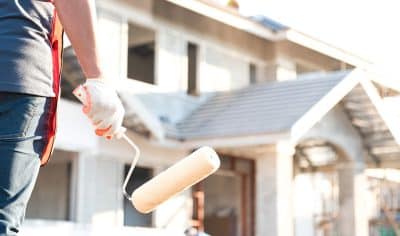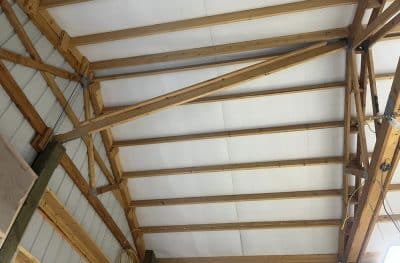
Not everyone wants to spend time and money on a renovation before selling their home—and that’s completely valid. Whether you’re on a tight schedule, trying to avoid stress, or simply don’t see the return on investment, skipping major renovations doesn’t mean your home has to appear less valuable. In fact, many sellers are surprised to learn just how much interior design alone can shape a buyer’s perception of a home’s worth.
The ambiance of a space can be as valuable as its status. Individuals move into a house and make initial impressions based on lighting, floor plan, color, and even staging. That emotional reaction—just as much as logical one—can substantially influence how much they’ll pay.
If you don’t care to rip out cabinets or retiling bathrooms, you’re not necessarily out of luck. Interior design can quietly but assertively alter the perceptions of the people, and thereby the value, of your space.
First Impressions Are Emotional
We like to think of home buying as a numbers game, but the truth is that emotion is enormous. The moment someone enters the front door, they’re drawn or repelled. An interior that is well-designed does not need to be trendy or high-end to make an impression—it simply needs to feel clean, considerate, and inviting.
A neutral color palette, bright rooms, and thoughtfully positioned furniture can create a sense of calmness and openness that stays with a buyer long after they’ve left. Even something as mundane as uniform décor and a tidy, uncluttered floor area makes buyers want to call it home. That sense of potential can generate real perceived value, regardless of whether the appliances are new or the floors are original.
This is particularly important if you’re trying to sell quickly or without extensive upgrades. A home doesn’t have to be perfect—it just needs to feel livable and cared for. That’s where design comes in.
Style Can Mask Outdated Features
Let’s say your kitchen cabinets are a little dated or bathroom tiles have been hostage in the past decade. You may not be replacing them, and that’s okay. But what you do with those elements can soften their impact and shift the buyer’s focus.
Strategic manipulation of color, lighting, textile, and trim can distract eyes from flaws and accentuate strengths. That dingy old tile can be ignored if the balance of the room is dressed in a thoughtful way. Harmony, folks. If everything else in the room seems neat, shoppers are more apt to overlook out-of-date nuances—or at least be less aggravated by them.
Interior design is visual storytelling. It assists in framing how people read a space. A home that has been lived in, cozy, and tastefully decorated will frequently be more valuable than one that has been stripped and renovated without character.
Functionality Is Key to Perceived Value
Consumers aren’t just looking for beauty—buyers want to know that a home functions. If you’re not renovating interiors or adding floor space, design choices can emphasize the functionality of a space.
Careful arrangement of furniture, for example, can provide the illusion of space in a confined area. Slick storage, clean surfaces, and uncluttered areas allow buyers to see how a home can integrate into their lifestyles.
Even on a reduced footprint or an older layout, quality design can demonstrate potential for use of every square inch of land. This visual assurance will go towards perceived value, especially in contrast with similar properties perceived as cramped or disorganized.
Staging does come into play here, but you don’t need to employ a professional crew to make an impact. Some reorganization and strategically placed décor can make the buyer feel like there’s purpose in every room. It’s about setting direction for the buyer experience—giving them clues on how the house works and what it can do.”
Design Adds Warmth—and Buyers Respond
One of the most significant mistakes sellers make by not making any repairs is leaving a home cold and unloved. Maybe it is empty, cluttered, or furnished with mismatched items from different decades. All these small things can seem like nothing, but they scream: this home needs a little work.
That impression can lower offers, even though the house structure is good. On the other hand, design elements that add warmth—softer textures, layered lighting, bold color palettes—can increase a buyer’s emotional connection to the house.
Even when you aren’t renovating, a pretty interior is an announcement and produces a sense of pride and attention that customers respond to. It indicates they care, and it makes the buyer feel more comfortable about the house’s overall condition even if it wasn’t newly done.
In the middle of deciding how to present your home, especially if you’re planning a sale without extensive prep work, it may help to explore what experienced, local cash buyers look for. If you’re leaning toward a quick sale route, companies like High Noon Home Buyers can often provide fair, fast offers for homes in any condition—and a well-styled interior only improves those conversations.
The No-Renovation Strategy Isn’t About Cutting Corners—It’s About Playing to Strengths
Choosing not to renovate before sale is not neglect—it’s a smart, tactical choice. It simply requires an honest look at your home and the determination to polish what’s already there. Interior design is your cheapest point of influence on perception and control of narrative.
Buyers today are more visually driven than ever before. They scan listings, judge homes from photographs, and make decisions instantly. So whether it’s that ideal living room with the perfect light or an inviting guest room that’s an oasis, those photos can do more than describe your home—they can sell it.
And when purchasers come through the door and experience a space well laid out, even if it doesn’t have contemporary finishes or updates, then they are far more apt to envision the value.
Final Thoughts: Design Tells a Story Buyers Want to Hear
When it comes to real estate, you don’t always have to renovate to win. Occasionally you just have to reframe what you already have. Interior design enables you to do that. It is not about tricking buyers or concealing flaws—it’s about helping people see the beauty and potential that already exists in your house.
If you’re preparing to sell and don’t want to take on major upgrades, don’t underestimate the power of design. A well-styled home can feel more valuable, more livable, and more desirable—all without swinging a hammer.








